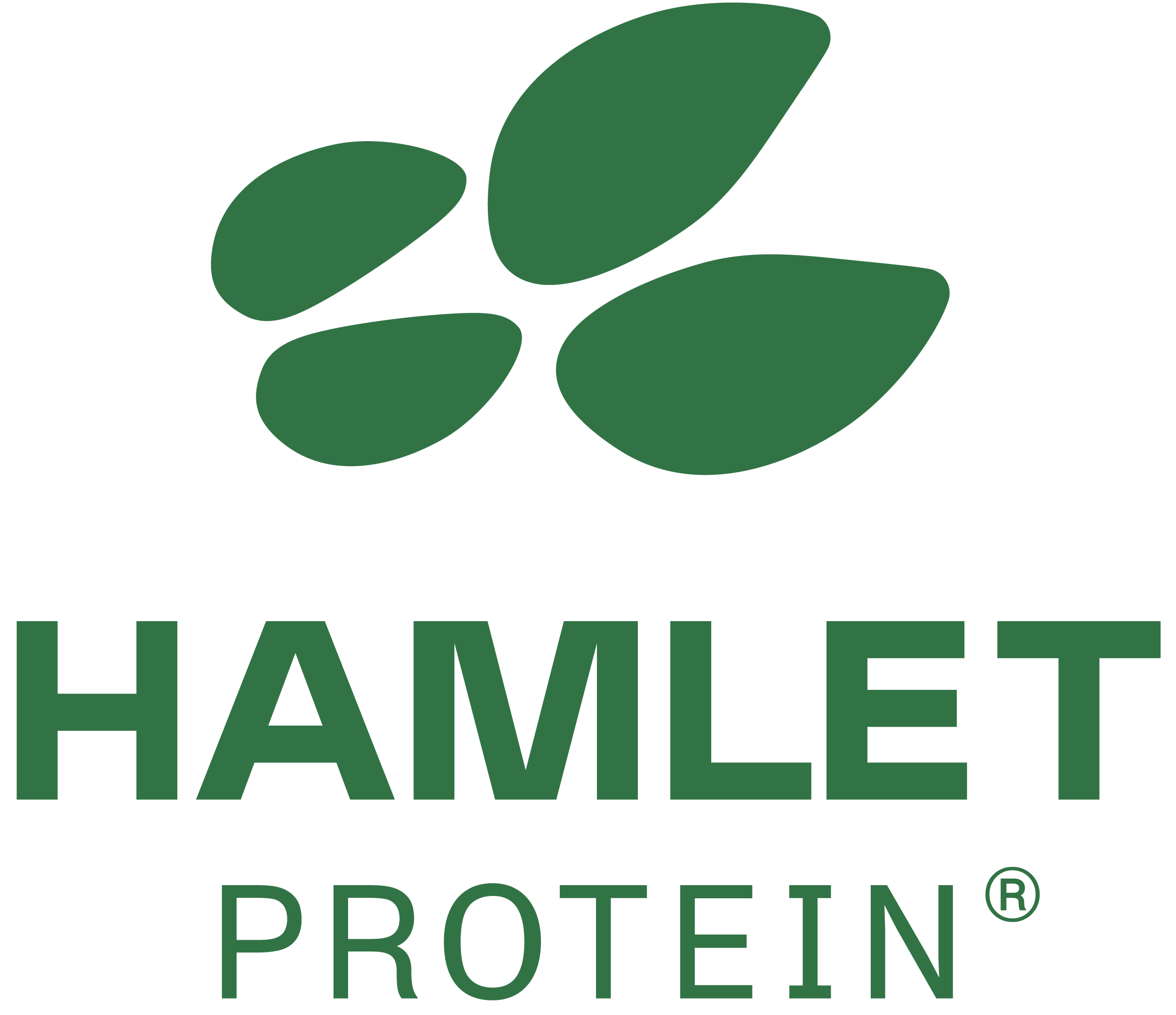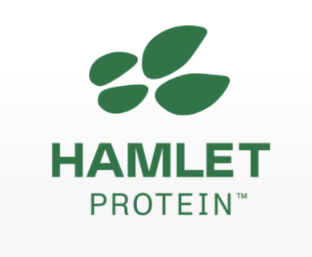



The deep impact of protein formulation in starter feed
Protein quality is crucial for efficient calf weaning transitionThe digestive metamorphosis of the calf at weaning
Ruminants, characterized by their three forestomachs – one of which, the rumen, gives them their name – are born monogastric! The forestomachs function gradually become fully operational by weaning for a successful transition. During this transition, the rumen, omasum, and reticulum grow rapidly.
The abomasum, which corresponds to the stomach in the strict sense of the term, represents two-thirds of the gastric and pre-gastric volumes at birth. At weaning, the stomach will occupy only one-fifth, and the rumen, two-thirds. This growth in forestomach volume is accompanied by a rapid development of absorption surfaces with the establishment of ruminal papillae. This anatomical metamorphosis is accompanied by another nutritional metamorphosis: the establishment of rumen fermentation. This ecosystem of anaerobic microorganisms supplies volatile fatty acids and microbial proteins essential for the calf’s lifelong energy and protein needs.
Proteins are essential in the initial growing phase
This internal digestive metamorphosis coincides with the visible and remarkable doubling of the calf's weight, constituting a classic prerequisite milestone for weaning. Rapid growth prioritizes protein for muscle and organ development, and minerals for skeletal growth.
In calf feeding plans until weaning, liquid milk feed provides most of the protein supply in the first half of the initial phase and these proteins are essentially of dairy origin. During the second half of the initial phase, the dry starter feed will provide most of the protein. When the calf consumes 2 kg of starter feed containing 20% crude protein (CP), which is another prerequisite for weaning, it ingests 400 g of protein. While 500 g of CMR at 25% CP provides 100 g of protein. This is an 80/20 ratio in favor of the dry feed. However, starter feed proteins are primarily plant-based, mostly from soy, with a small portion from energy-supplying cereals.
Protein quality can make a difference
Solid feed enables the monogastric newborn calf to transition into a ruminant within a few weeks. The formulation of starter feed impacts rumen development and its connection to the young ruminant's entire digestive process. In the same way that a great deal of attention is paid to the ingredients that make up the calf milk replacers, one must not neglect starter feed ingredients.
As far as proteins are concerned, two criteria are essential: digestibility and safety. Because protein is valuable, young animals must use it efficiently for growth and to minimize health risks from fermentation in the foregut and nitrogen discharges via effluents. The safety aspect must also be considered due to the immature digestive tract and fragile immunity of young ruminants, which makes them particularly sensitive to anti-nutritional factors (ANFs).
Clean protein for newborn calves
The use of soybean meal (SBM) in protein feed is global and concerns all species at all ages. We know how to take the usual precautions when it comes to the nutrition of very young animals whose exposure to ANFs has adverse effects on their growth and well-being. However, it seems to be less the case when it comes to starter feed in calves.
For over 30 years, Hamlet Protein has provided refined soy proteins for young animal diets using a biotechnological enzymatic hydrolysis process that concentrates proteins and reduces ANFs to minimal levels (Figure 1).
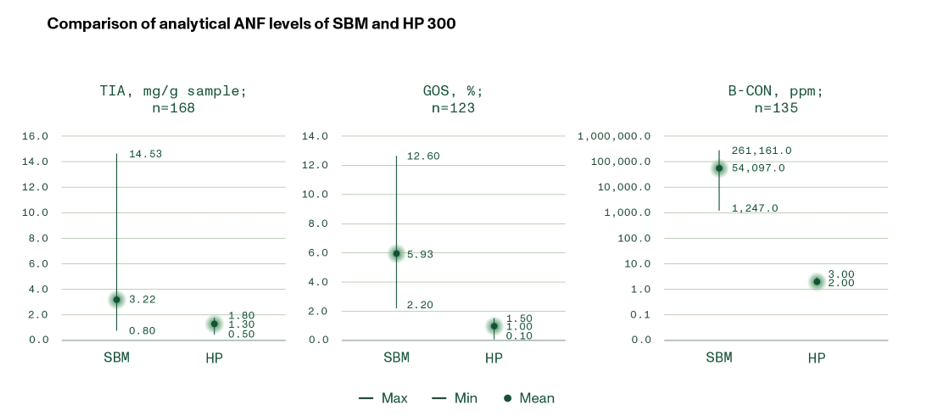
Considering ANFs and the rumen, soy oligosaccharides are considered easily fermentable sugars. As water-soluble sugars, sucrose, raffinose, and stachyose are rapidly reduced to lactic acid, which can lower the rumen pH. As for mature ruminant exposed to acidic diets (essentially based on corn silage and cereal), rumen and its microflora are sensible to pH drop at any age. Esophageal groove failure, which allows milk with lactose to enter the rumen, raises the risk of acidosis in weaning calves, especially as the rumen papillae develop.
A disruptive approach to proteins in starter feed
It is interesting to study the impact of conventional soybean meal in calves' starter feeds from an early age and compare it to a purified protein source.
Trials have been conducted at the University of Illinois (Ansia et al., 2021) of what happens in the rumen of young calves around the second month of their life when HP 300 replaces SBM in the starter feed.
HP 300 reduces non protein nitrogen (NPN) excretion from the rumen and increases microbial protein production, leading to improved ruminal efficiency (Figure 2A and 2B).
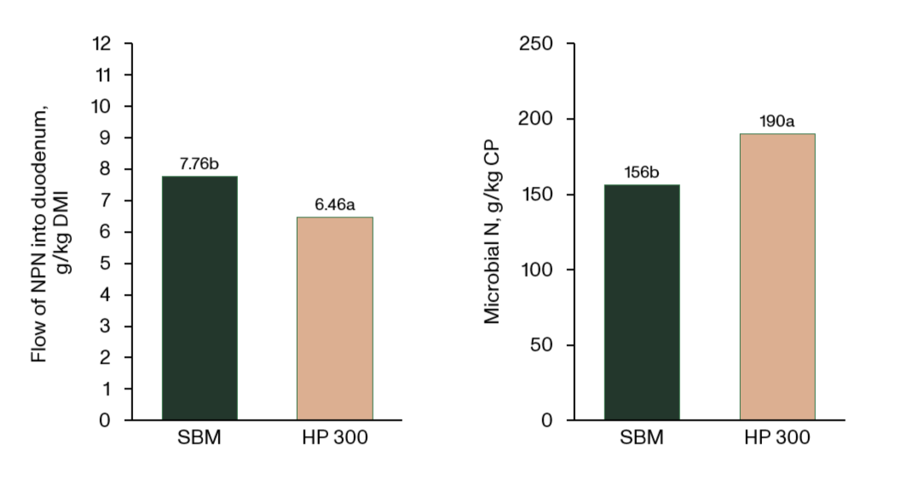
(The data of this trial were published in a peer-reviewed journal: Ansia, I., Stein, H.H., Brøkner, C., Hayes, A., Drackley, J.K. 2021. Nutrient digestibility and endogenous protein losses in the foregut and small intestine of weaned dairy calves fed calf starters with conventional or enzyme-treated soybean meal. Journal of Dairy Science. 104.)
It appears that the rumen, at this early stage, responds to a change in the nature of the proteins provided by a better biomass production with a higher use of non-protein nitrogen through this improved biomass production. This rumen activation is key to the transition to full ruminant status, as protein supply largely depends on the rumen's ability to provide microbial protein to the gut in growing phases following the weaning.
What happens to proteins in the rumen and after the rumen? Figure 3A and Figure 3B give interesting insight on the capacity of rumen then intestine to degrade starter feed protein.
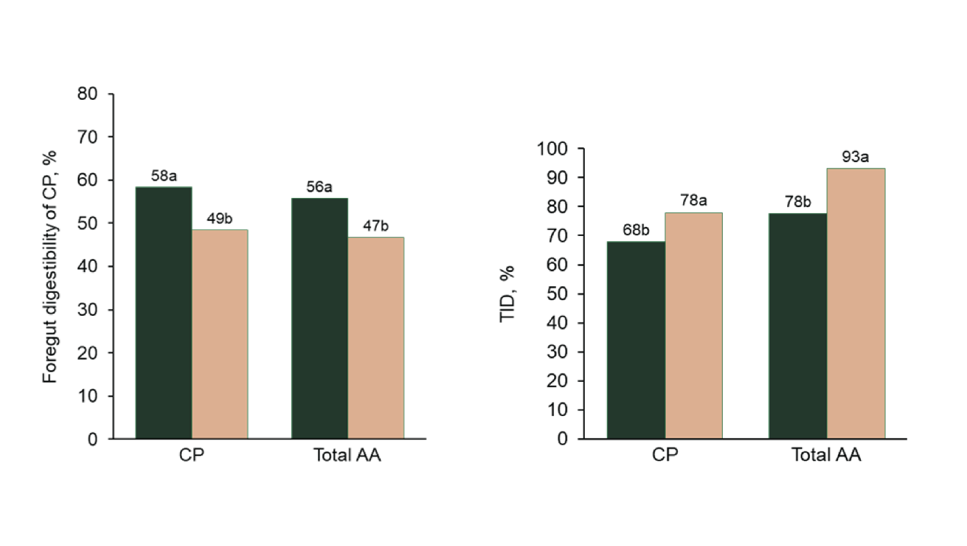
The crude protein foregut digestibility score (Figure 3A) is indicating that about half of the CP is not fermented in the rumen. Immaturity of the rumen could explain why this pre stomach is not so efficient to degrade soy protein and let a significant part of the original diet bypassing to intestine. HP 300 is enzymatically pre-digested and seems to offer less grip to rumen degradation. Nevertheless, starter feed with HP 300 offers a higher ileal digestibility (Figure 3B). It is fundamental as proteins and their amino acids are not absorbed at the level of the rumen but later in the intestine.
The relative inefficiency of starter feed formulated with SBM despite a higher foregut degradation score could indicate that ANFs like trypsin inhibitors or allergenic globulins are bypassing the rumen filter and upset intestine function.
Choosing the right proteins in calf starter feed is essential for optimizing rumen fermentation and developing healthy digestive function. The immature rumen is not yet capable of fully degrading or filtering proteins, making it essential to address ANFs commonly found in vegetable proteins. ANFs can disrupt both rumen and intestinal function during weaning. These disruptions can hinder calf development, causing impaired growth and delayed productivity. By prioritizing high-quality, digestible proteins, producers can support efficient weaning and ensure calves achieve their full potential as productive ruminants.

